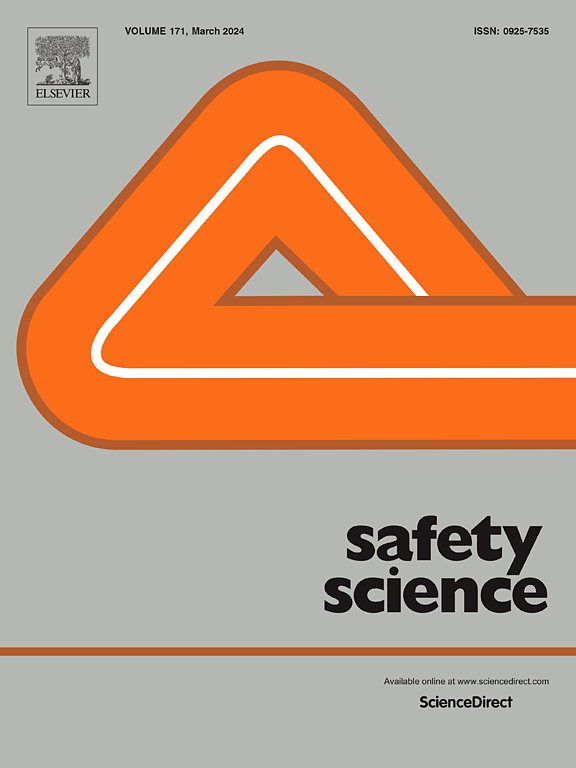Occupational health and safety performance in a changing mining environment: Identification of critical factors
IF 4.7
1区 工程技术
Q1 ENGINEERING, INDUSTRIAL
引用次数: 0
Abstract
Although the mining industry plays a pivotal role in driving economic growth, it is also known for being one of the most dangerous work environments due to the high rates of injuries. Companies in the mining industry are faced with the challenge of applying occupational health and safety (OHS) measures in a manner to advance worker safety, health, and overall welfare, but also to improve productivity, enhance product and/or service quality, foster work motivation, and elevate employee satisfaction, and finally to enhance the quality of life for individuals and society. There is a noticeable research gap in the literature that simultaneously addresses multiple safety and health factors and their combined influence on employee safety satisfaction and performance. Hence, this paper seeks to address the gap in the existing literature by conducting a comprehensive analysis of how work equipment and environmental factors, human behaviour factors related to OHSs, and organizational climate factors influence operators’ safety satisfaction and how these, in turn, affects overall performance stemming from occupational health and safety initiatives. After developing a measurement and structural model, based on the data collected from the mining machinery operators, adequate statistical tests were used for evaluation and the hypotheses testing. The results of this study provide insight into the relationship between mining machine operators’ opinions on examined safety factors and employees’ safety satisfaction, where the organizational climate factors and safety satisfaction demonstrated a positive impact on safety performance, consequently resulting in their improvement. The theoretical implications of this study lie in establishing a comprehensive theoretical framework integrating safety factors, such as work equipment and environmental factors, human behaviour, and organizational climate, and their influence on the safety satisfaction of mining machinery operators. The practical implication of this research contributes to determining the critical safety factors (organizational support, co-worker support, supervisor support, worker engagement, the training related to OHS, and management commitment) that exert the most significant impact on the satisfaction of mining machinery operators and safety performance. These findings serve as a roadmap for decision-makers within mining companies, facilitating the identification of priority areas for enhancing both worker satisfaction and safety performance.
求助全文
约1分钟内获得全文
求助全文
来源期刊

Safety Science
管理科学-工程:工业
CiteScore
13.00
自引率
9.80%
发文量
335
审稿时长
53 days
期刊介绍:
Safety Science is multidisciplinary. Its contributors and its audience range from social scientists to engineers. The journal covers the physics and engineering of safety; its social, policy and organizational aspects; the assessment, management and communication of risks; the effectiveness of control and management techniques for safety; standardization, legislation, inspection, insurance, costing aspects, human behavior and safety and the like. Papers addressing the interfaces between technology, people and organizations are especially welcome.
 求助内容:
求助内容: 应助结果提醒方式:
应助结果提醒方式:


